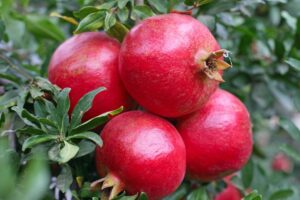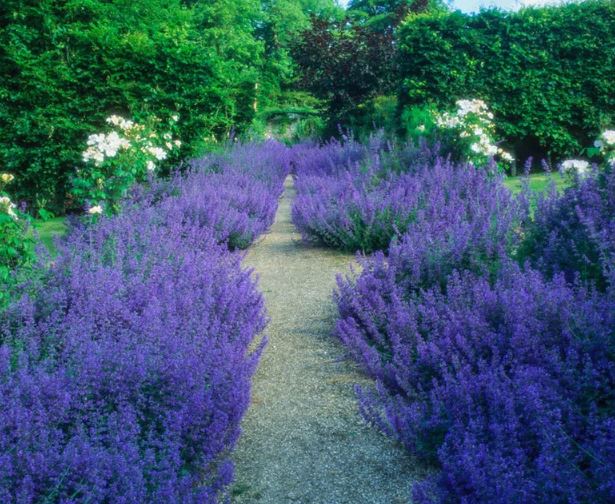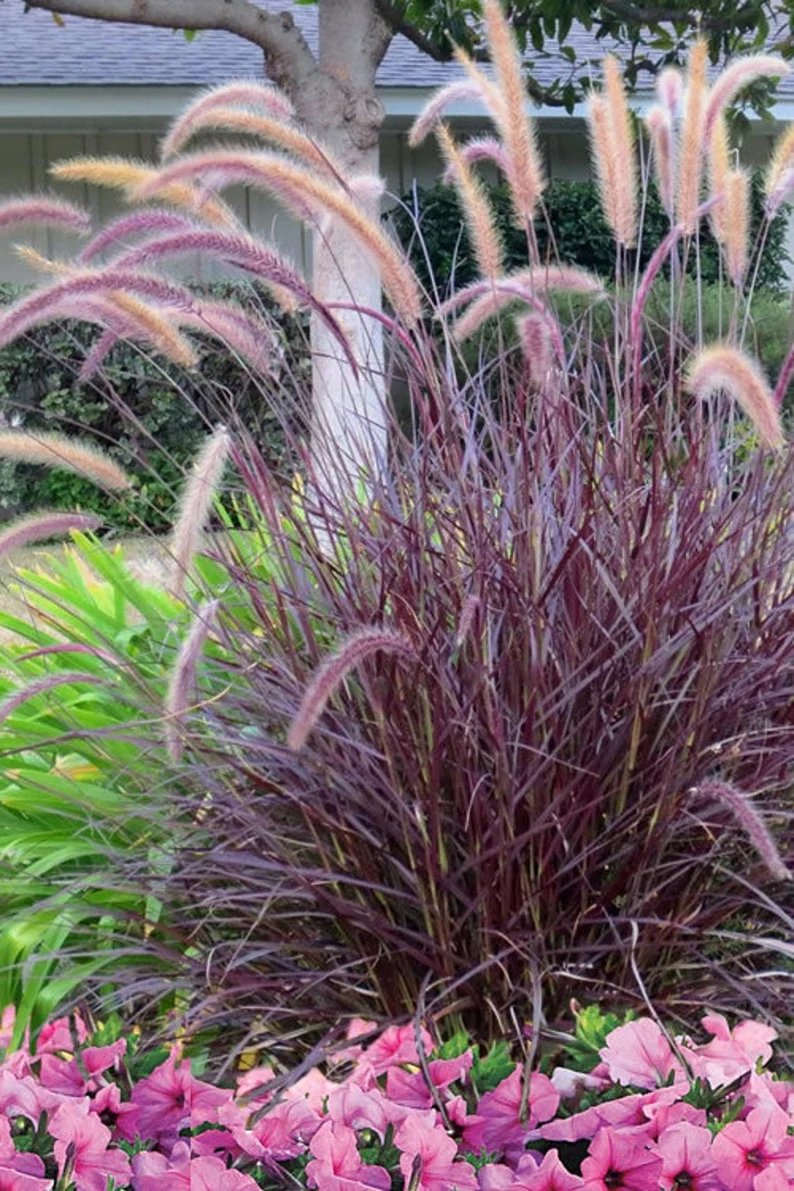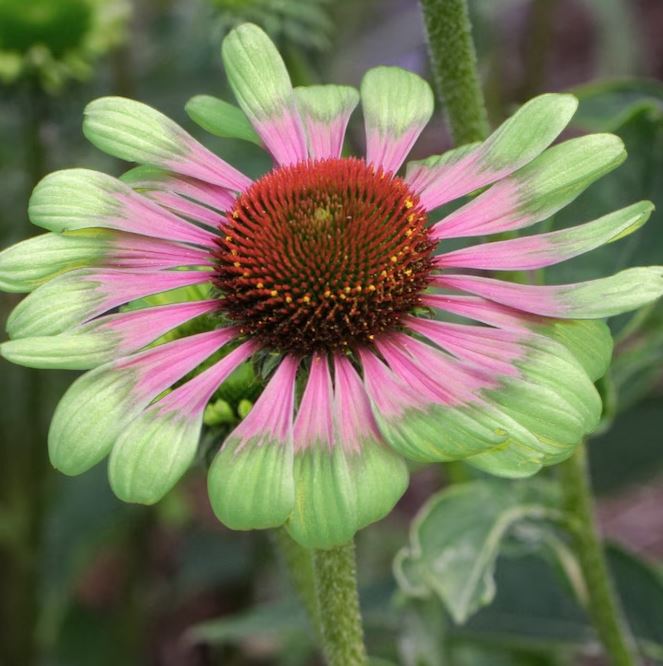Pomegranate (Punica granatum) is a tree that bears the pomegranate fruit, which is native to North Africa and western Asia and has long been cultivated.
It is an orange-sized fruit with a tough reddish outer skin and sweet red gelatinous flesh containing many seeds.
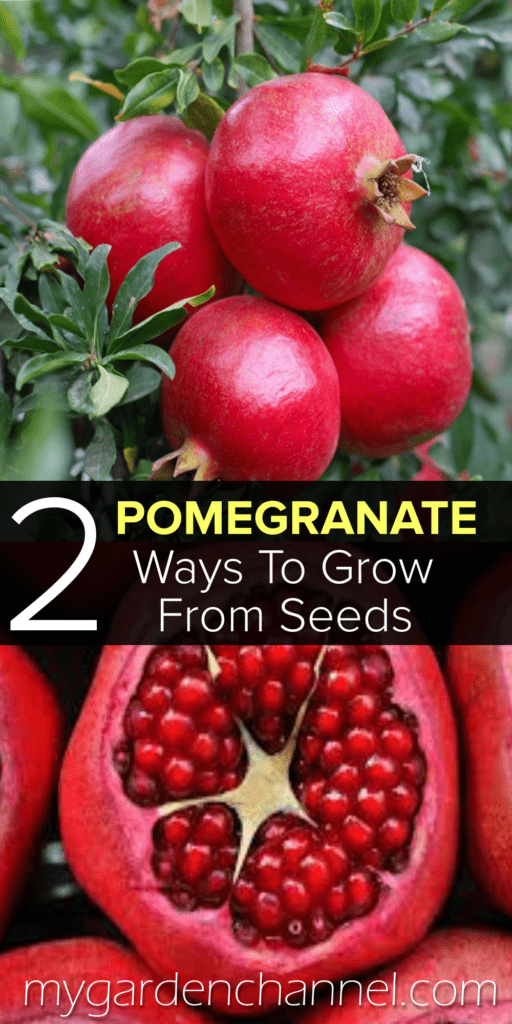
Pomegranate Tree
It is the most popular and widely planted tree of its type, The fruit is extra large and has blushed red skin with juicy rich red flesh.
The sharp-tart exquisite flavor is highly prized the world over.
The tree is attractive in the landscape & is long-lived.
Great as ornamental shrubs or trees in parks & gardens.
The flowers are showy and decorative The juice is highly prized and full of healthy benefits.
The pomegranate tree is drought tolerant and can be grown in a dry area and in areas where there is good rainfall.
It is best not to plant in wet areas The plant grows 18′ tall. Fruit generally ripens in September.
The Wonderful is self-fruitful, but planting another pomegranate nearby will increase fruit production on both plants. Trees produce best in a hot sunny location and only require 150-200 chill hours. Zone 7-10
How to Grow Pomegranate Trees
They are a round shaped shrub or small tree that can grow to 20 or 30 feet, but most often it tops out at 12-15 feet in height.
The trees are self-fruitful, long-lived, and very productive. They produce best in a hot sunny location and only require 150-200 chill hours.
The soil can vary, but must be well-drained. The trees will grow well in alkaline soils that would kill most plants.
They are cold hardy through Zone 7. There are different varieties of pomegranate trees you can find. One is cold hardy to zone 6.
How to Grow Pomegranate from Seed
How to Grow POMEGRANATE Tree from Seeds 2 EASY Ways. Watch this video growing pomegranate seeds germination with paper towel and grow pomegranate from seeds the easy way.
Growing them can be very rewarding because they offer many health benefits.
Pomegranate Benefits
Health Benefits: The health benefit from the pomegranate fruit has been researched heavily by scientists because of the high levels of antioxidants. Pomegranate fruit is loaded with Vitamin C and Potassium.
Some health benefits are: believed to reduce cholesterol, control weight, fight cell damage and lower the risk of cancer and heart disease.
The fruit is one of a few where the juice is as beneficial as the pulp and seeds. The peel contains the most antioxidants.
The fruit releases these in abundance when it is squeezed for juicing or pulsed in smoothies.
Pomegranate Tree For Sale
You can find them on Amazon with a prime account and get free shipping under $50 dollars and have one right in your back yard!
Cold Hardy Varieties
Russian varieties originate in the southwestern and south central areas of Russia as well as former Soviet Republic states such as Kazakhstan, Uzbekistan, Turkmenistan, Kyrgzstan, & Tajikistan.
These Pomegranate trees are much more cold hardy than their American variants and can withstand zones 6-10. Flowers and fruit are typically set at a young age.
Depending on variety, they can grow between 10 and 15 feet tall and have an equal spread. They prefer full sun and adapt well to any soil type as long as it is well-drained.
Russian Pomegranate trees make for a great beginner tree due to their high disease and pest resistance.
They have reddish-orange flowers that are bell-shaped and appear on new growth during the spring & summer.
Prune them lightly each year to encourage the growth of more fruiting spurs.
Pomegranate Seeds
The fruit is actually a berry but has the size of a large lemon and grapefruit.
The fruit has a mored rounded shape in appearance with thick skin.
Depending on variety most pomegranate skins will be red, some orange and some white.
The inside of the pomegranate has from 200 to 1400 seeds. Each seed is encased with a water ladened pulp called the sarcotesta.
The sarcotesta is edible and will range in color from deep red, red, orange, purple and white.
The seeds are safely embedded in a thick, white, spongy membrane that is similar to the inside of citrus.


